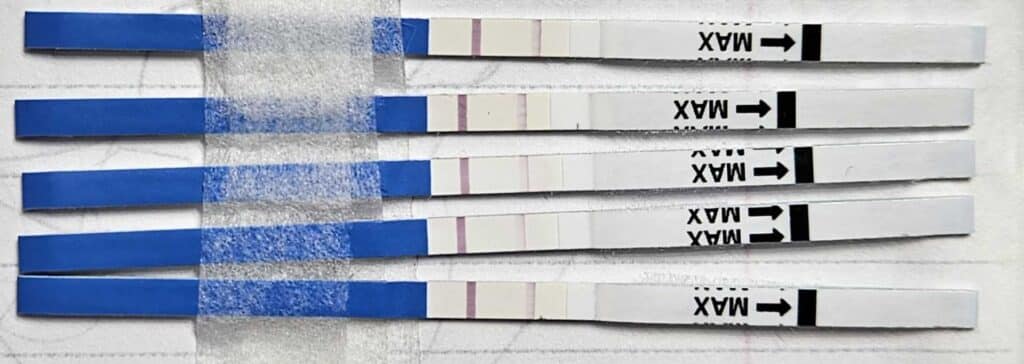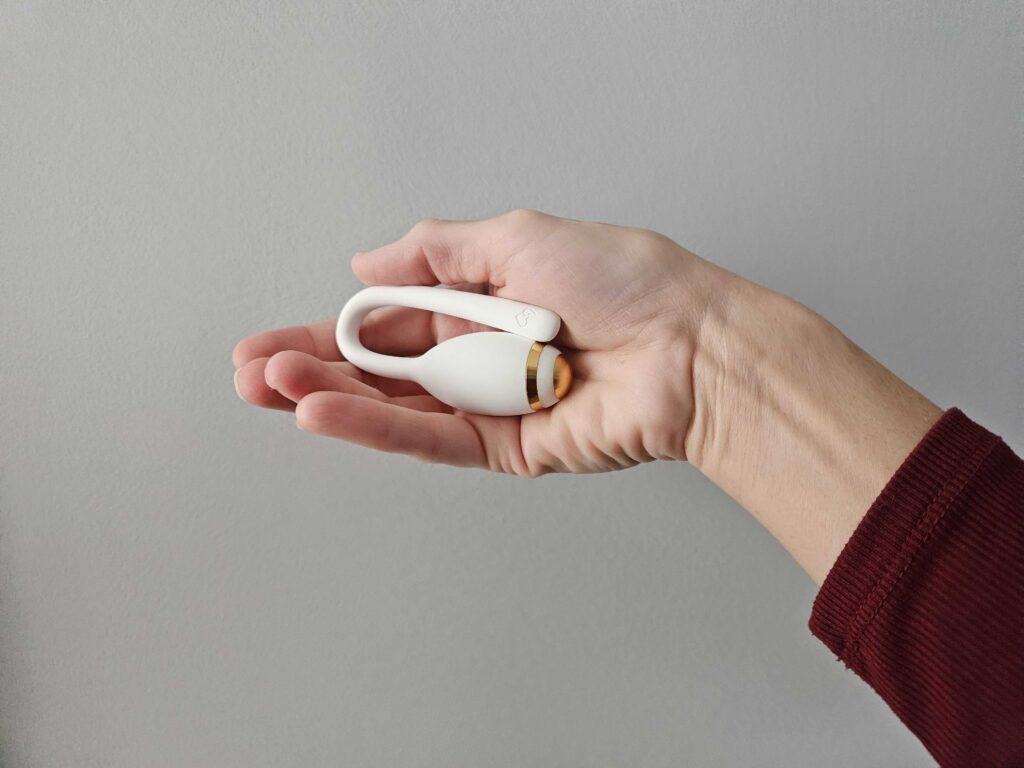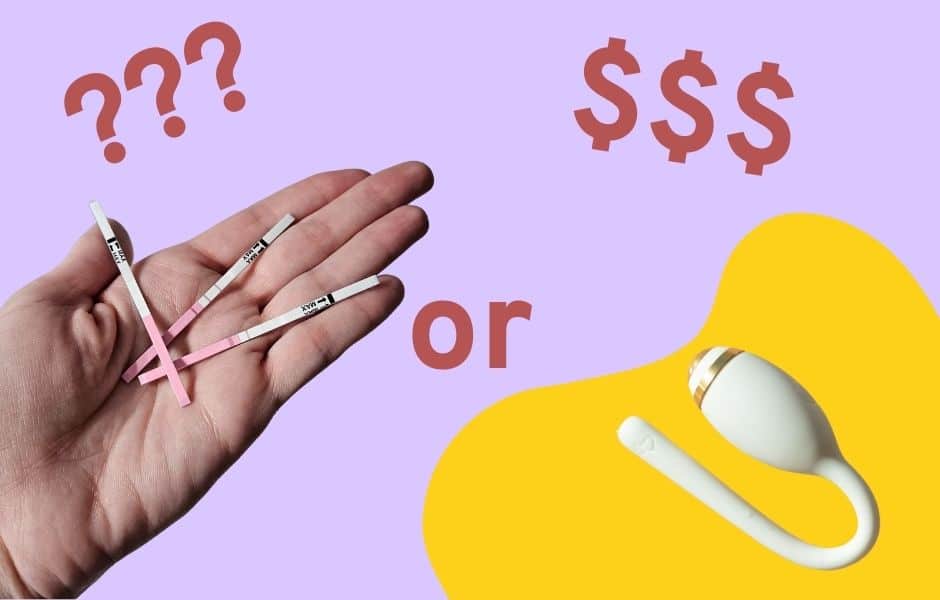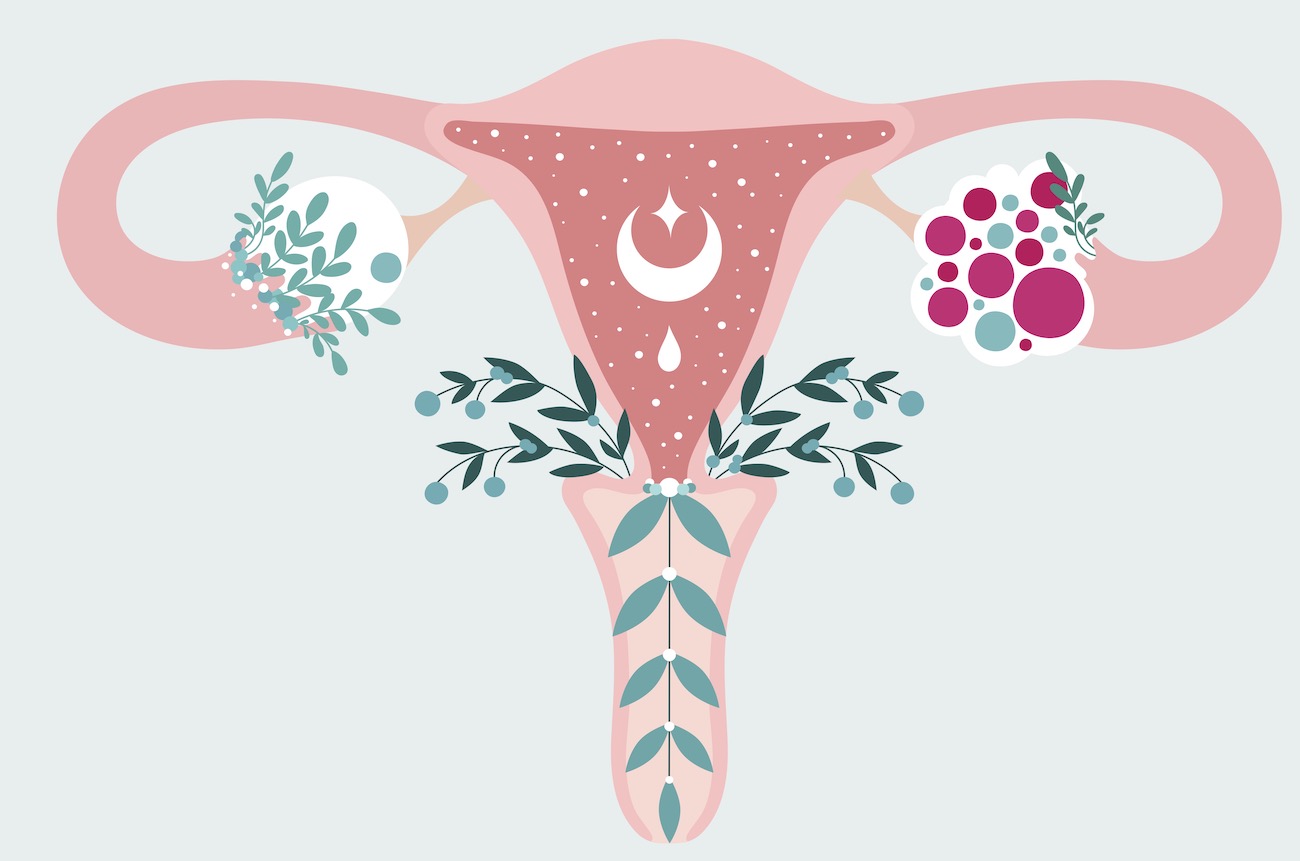When I began trying to get pregnant, I went straight to Google and typed in “how do I get pregnant quickly?” I found articles discussing “Ovulation Predictor Kits” (OPKs) also known as Luteinizing Hormone (LH) test strips.
Without much thought, I ordered a huge pack of them and a few days later, they were on my doorstep. Thus began my LH tracking journey.
Each morning I would hobble out of bed and head straight for my LH tests before urinating. I’d spend the next 10 minutes staring at the test stick in various lights, struggling to upload a picture of the test to an app for “interpretation” and logging results in various apps.
What was supposed to be a straightforward process ultimately led to more confusion. You see, my cycles vary a bit in length. As a result, my fertile window is not consistent each cycle. But, it appears my LH rises brisky just before ovulation. In fact, my temperature rose just the day after my LH surge.

It wasn’t until my friend informed me that women are fertile for 5 days before ovulation that I realized I had wasted 8 months waiting for the darn LH strip to inform me I was fertile, only to learn, most of the fertile days occur before this surge.
So, if I was not having intercourse at the proper time, how could I know when the mysterious fertile window was starting?
One day I was scrolling through Instagram and I saw an ad for kegg. I was intrigued because the ad literally stated “See your full fertile window.” The fertile window had been elusive for 8 months of trying to conceive, so I knew this was something I needed.
From the start with kegg, I felt incredibly confident. It places a fertile window prediction on the chart at the start of the cycle so you have a good idea when you will likely be fertile even before it occurs. This is a game changer for me, because with LH testing I was finding out I was at the end of the fertile window when it was too late. Kegg then plots the daily reading on the chart so you can then see the fertile window happening…in real time!

I also enjoyed that kegg had no ongoing cost. There are no pesky wands to open each morning and pee on, no subscriptions or other gimmicky money grabs. It actually comes with a money back guarantee that if you do not conceive, you can get a full refund.
I didn’t get to use kegg for more than one cycle because we conceived! It turns out timing really IS that important and if you are not targeting the days with the highest chance of conceiving, your odds of conceiving are low. I am excited to use kegg to conceive baby #2 and beyond!




